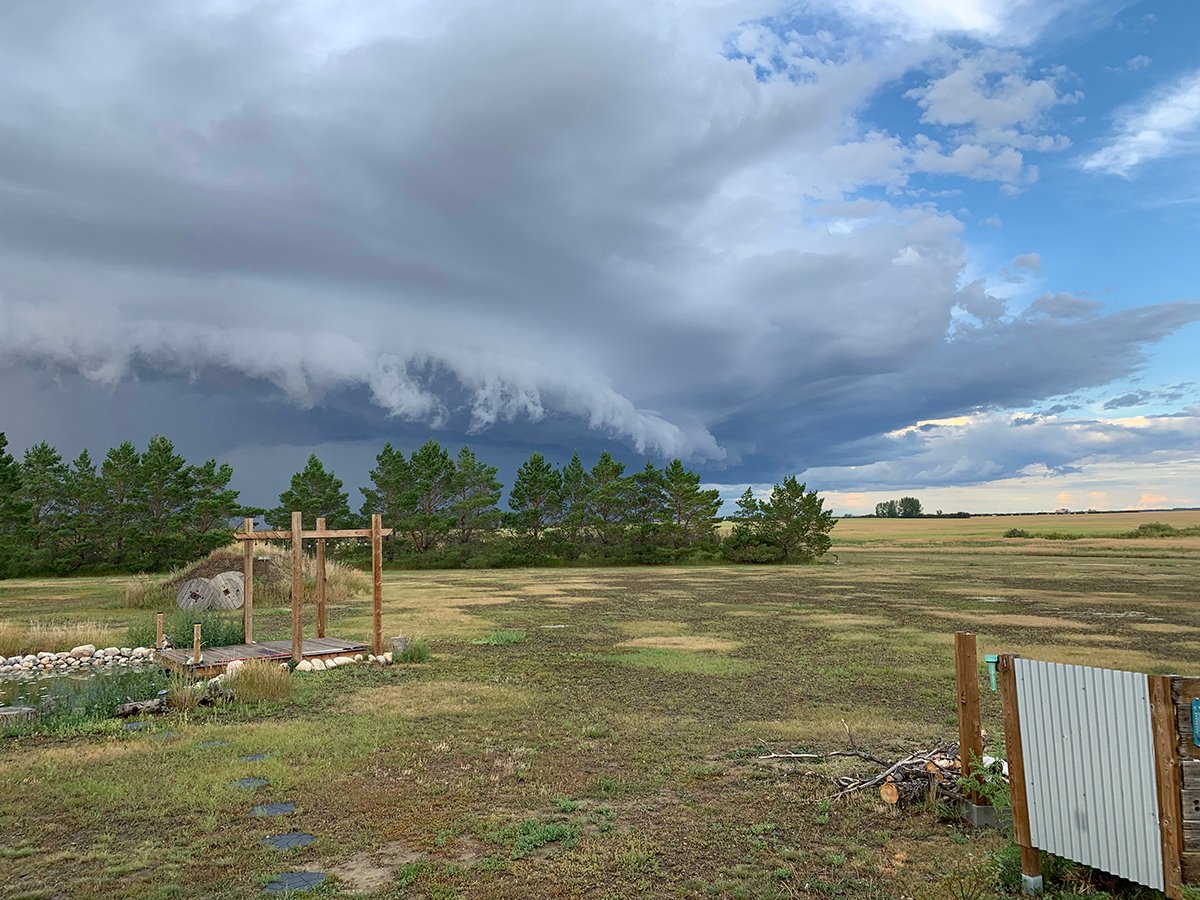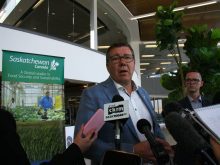ESTEVAN, Sask. – Organizers are scratching their heads over poor attendance at public meetings held as part of Saskatchewan’s crop insurance review.
The time of year isn’t the best, they acknowledge, but farmers haven’t come out even when rain forced them off their fields.
Attendance is low at most meetings, and industry observers outnumber farmers. At the fifth of the 10 meetings, held in Estevan June 9, one farmer and a rural municipal administrator showed up.
Don McLean, who farms north of Alameda, said he didn’t know where other farmers were and why they wouldn’t attend.
Read Also

Storm dynamics and extreme rainfall
Besides moisture, instability and orographic lift, the next biggest factor that contributes to heavy or extreme rainfall is storm dynamics.
“I thought it would be full,” he said, looking around the empty meeting room.
Agriculture minister Bob Bjornerud, who ordered the review after a campaign promise during last fall’s election, is also puzzled.
He said farmers are sending mixed messages to government by complaining about the program on coffee row but not taking the opportunity to offer suggestions for improvement.
“It’s disappointing, but maybe not totally unexpected,” he said.
Crop insurance participants received information in April about the review, advising them how to become involved. They received a postcard with a personalized log-in access code to participate in a survey at www.skcropinsurancereview.ca.
Meyers Norris Penny, which is conducting the review, has also received 400 written submissions. MNP officials will attend Saskatchewan Association of Rural Municipalities district meetings in Kipling June 19, Kelvington June 24 and Saskatoon June 25.
Bjornerud said the consultation period can’t be extended beyond June 30 because that wouldn’t leave enough time to make changes before the 2009 crop year. The federal government must approve changes because it covers some premium costs.
McLean said he’d like to see the program include spot loss hail and return to the premium cost-sharing arrangement of 20 percent producer and 80 percent government.















